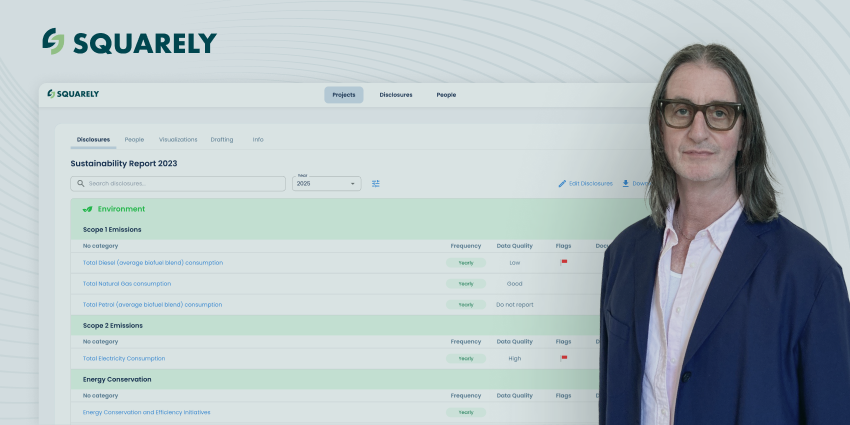Rethinking Energy: Net Zero in the Oil & Gas Industry
Methane being one of the major emissions from oil and gas operations, stopping all non-emergency flaring and venting is the single most impactful measure to cut methane emissions by nearly 20%.
The oil and gas (O&G) industry has been a significant contributor to global greenhouse gas emissions. The industry, which is a cornerstone of the world’s energy supply, is undergoing significant transformation as it grapples with the urgent need to address climate change. The O&G industry, during this transformation, has realised the need to reduce emissions and transition towards a low-carbon future. The concept of net-zero emissions has gained momentum globally, and the oil and gas industry is no exception.
The GCC region has a significant share of the world’s oil and gas reserves. This makes it crucial for the region to adopt sustainable practices and transition towards net-zero emissions. The region has already made strides towards reducing emissions by implementing carbon capture and storage, increasing energy efficiency, and investing in renewable energy sources.
In recent years, many GCC countries have announced their net-zero targets. For instance, the UAE aims to achieve net zero emissions by 2050, while Saudi Arabia aims to achieve net zero emissions by 2060. These targets are ambitious but necessary to address the climate crisis.
The O&G industry faces both social and legal pressure to become more conscious about their operations. Net-zero emission targets have emerged as a key strategy for O&G companies to reduce their impact on the environment and commit to long-term sustainability. Additionally, with banks and investors making more responsible investment decisions, it becomes imperative for the industry to align with net-zero emission targets.
Reducing operational emissions is the first step for O&G companies to begin their net-zero journey. Methane being one of the major emissions from oil and gas operations, stopping all non-emergency flaring and venting is the single most impactful measure to cut methane emissions by nearly 20%.
Along with reducing operational emissions, there are several strategies and technologies that the O&G industry can adopt and invest in respectively to help meet net-zero targets. A few of these technologies are:
- Hydrogen: Hydrogen is already produced and consumed in large quantities by the oil and gas sector. In net zero transitions, low-emission hydrogen-based fuels will play a significant role. It will take the expertise, machinery, and resources that O&G corporations possess to increase the production of hydrogen and hydrogen-based fuels with minimal emissions. They also have a great deal of experience managing industrial amounts of hydrogen and CO2, all of which need to be properly managed to prevent leaks, just like methane. All these skills and resources provide the industry with an added advantage to pursue this technology.
- Carbon Capture, Utilisation, and Storage (CCUS): There are numerous similarities between CCUS and the current knowledge and abilities of the O&G sector. The creation of geological CO2 storage resources, the running of above-ground CO2 handling facilities, the monitoring of subsurface gases, and the completion of intricate engineering projects of the kind that are nearly solely undertaken by O&G corporations are all necessary components of the entire CCUS supply chain. Once created, CO2 transport and storage assets can yield substantial profits for their owners, which can help diversify the portfolios of oil and gas companies.
- EV Charging Stations: By purchasing charger manufacturers, network operators, and service providers in addition to investing in charging stations at their retail stations, several O&G corporations have actively participated in the rollout of EV chargers. For O&G firms, EV charging offers a financial opportunity, particularly for those with established retail networks. Installing EV chargers could promote sustainability initiatives, help diversify revenue sources, maintain the existence of physical stations and convenience stores, and strengthen the brands of participating businesses.
In conclusion, the O&G industry, in the GCC region along with other regions, has a responsibility to transition towards a low-carbon future. The region has already made efforts to reduce emissions; however, bigger strides can only be made by the contribution of industries, especially the high-emitting ones like the O&G industry. The industry must play a significant role in achieving net zero and invest in renewable energy sources, energy efficiency measures, and carbon capture and storage technologies. The transition towards net-zero emissions is challenging, but it is necessary to address the climate crisis and secure a sustainable future for the region and the world.




